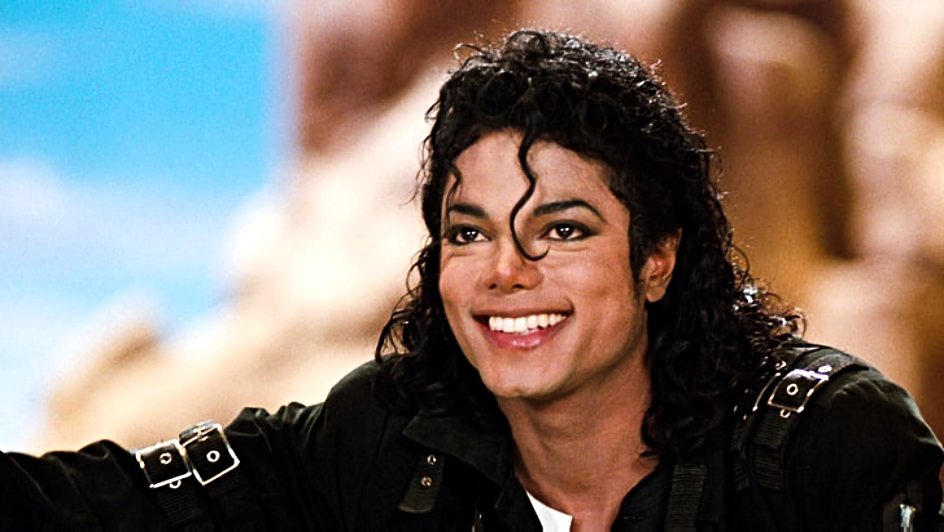#ThrowbackThursday – 29 August

It’s 29 August, and that means it’s time for another edition of Throwback Thursday! Today, we’re taking a look back at three prominent events that went down on this day in history:
1882 – Rising From the Ashes: The Death (and Rebirth) of English Cricket
29 August 1882 was a dark day when England was defeated on home soil by Australia in a cricket match at the Oval in London; they were beaten by seven runs, a fact that caused much woe among the British public.
A few days later, English journalist Reginald Shirley Brooks famously wrote a satirical obituary for “The Sporting Times”:
“In Affectionate Remembrance of ENGLISH CRICKET, which died at the Oval on 29th August, 1882. Deeply lamented by a large circle of sorrowing friends and acquaintances. R.I.P. N.B. The body will be cremated and the ashes taken to Australia.”
In response, England captain Ivo Bligh promised that he and his team would “reclaim those ashes” when they embarked on a three-match series to Australia in 1882/83.
It was sometime during this tour that a group of Victorian ladies – including Florence Murphy, Bligh’s future wife – presented him with an urn: standing at 150 millimetres and made of terracotta, it was said to contain the ashes of a burnt, wooden cricket bail (whether it was the same bail from the 29 August match, or if it was actually the ashes of a cricket ball or stump, is unknown).
In the end, England won the series 2-1, reclaiming the “ashes” as Bligh had promised. However, this did not stop the cricketing rivalry between them and their Australian counterparts!
Today, the Ashes has become one of the most popular Test cricketing competitions, in which England and Australia battle it out every two years for the coveted Ashes trophy. While the actual urn resides at the Marylebone Cricket Club Museum at Lord’s Cricket Ground, a replica is awarded to the series winner, making it a cherished item within the cricketing culture.
1911 – The Journey of Ishi
By 1911, a large majority of North America’s indigenous Native American population had assimilated into white Euro-American culture to varying degrees. As such, they had adopted European customs, language, religion and ways of living, albeit at the cost of their own traditions and identities.
However, the emergence of a Native American man in a small California town, with no apparent signs of assimilation, caught the attention of the locals and anthropologists alike.
On 29 August 1911, a tribesman who was approximately 50-years-old emerged from the foothills of the Sierra Nevada mountains near Oroville, California. Starving, alone and unable to speak English, he was taken into custody by the local authorities for his own protection. When anthropologists at the University of California, Berkeley heard about him, they sent a young professor named Thomas Waterman to Oroville to meet with him.
Waterman met the man (who was dubbed “Ishi”) and drew on various native dialects – including Yana, Ishi’s language – in order to learn about him. Over time, communication between them improved, and Ishi’s story came to light:
Ishi was the last surviving member of the Yahi tribe, a group that once lived in Northern California. Hidden away in the rugged terrain of the Sierra Nevada, he and his people had resisted contact with European settlers for decades.
However, in the late 19th century, conflicts with settlers, as well as the encroachment of ranchers in their territory, had led to violence and devastation for the Yahi. Most of his tribe – including Ishi’s mother – had been killed or had succumbed to diseases brought by the settlers.
For the rest of his life, Ishi lived in Berkeley, where he resided and worked at the university as a janitor. For educators and students, he also demonstrated his knowledge and practices pertaining to the Yahi, from its history and language, to its cultural traditions and skills such as hunting and arrow-making. Unfortunately, Ishi succumbed to tuberculosis on 25 March 1916, just five years after he was found.
1958 – Happy Birthday, Michael Jackson!
Today marks what would have been the 66th birthday of a legendary musical figure: Michael Jackson.
Born into a musical family in Gary, Indiana, Jackson first rose to fame as the youngest member of the Jackson 5 (alongside his brothers Jackie, Tito, Jermaine, Marlon and Randy) when they began performing in the early ‘60s. They released their chart-topping single, “I Want You Back”, when Jackson was 11-years-old, with many critics singling the talented youngster out for his vocal and dancing abilities.
In the 1970s, Jackson embarked on a solo career that would one day earn him his status as the “King of Pop”: in 1979, he released his debut album, “Off the Wall”, which contained four Top 10 hits including “Off the Wall” and “She’s Out of My Life”. It marked a significant turning point in Jackson’s career, showcasing his versatility and maturity as an artist.
However, it was his 1982 album, “Thriller” that catapulted him to stardom: it became the best-selling album of all time, featuring iconic tracks such as “Billie Jean”, “Beat It” and the title track “Thriller”, which revolutionised music videos with its cinematic (and, in this case, equally spooky!) storytelling.
Jackson’s innovative approach to music, dance and performance made him a beloved global icon, garnering him many accolades, success and devotion. By the same token, however, his personal life was the subject of intense media scrutiny and speculation: his eccentric lifestyle, his ever-changing appearance and his legal battles in connection with child molestation allegations made him a controversial figure in the public eye.
Nevertheless, Jackson continued to make music and perform. This would culminate in his highly-anticipated comeback tour, “This Is It”, which was set to take place in 2009. However, on 29 June 2009 – just a few weeks before the tour was set to begin – Jackson passed away at the age of 50 in Los Angeles, California. The cause of death was attributed to acute propofol intoxication (later ruled as a homicide, as the lethal dose of propofol was administered to him by his personal physician, Conrad Murray).
Although he may be gone, Michael Jackson still continues to inspire millions around the world. Many music artists cite him as a major inspiration, and his songs (and trademark dance moves, especially the moonwalk!) continue to entertain a multitude of generations.
Image Credit: Source


























Go Social
SocialNew Social Releases – Check them out NOW! N$3/day subscription
TikTok Content
SocialNew content for your TikTok - Watch NOW!
Weird ’n Wacky
FunHilarious video clips featuring animals, sports, food, & more!
Status Hub
SocialTrend on WhatsApp with these statuses!
Social Trending
SocialWant Top Trending Stickers and WhatsApp Stories!?